Anthony Fauci, MD, White House advisor and director of the National Institute of Allergy and Infectious Diseases, said on July 29 that wearing goggles or eye shields in addition to a mask might be advisable.
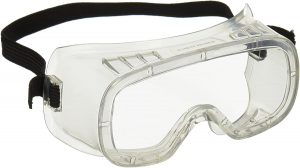 During an interview on Instagram Live with ABC News Chief Medical Correspondent Jennifer Ashton, MD, Fauci explained that people have mucosa (moist tissue) in the nose, mouth, and eyes. “Theoretically, you should protect all the mucosal surfaces,” he said. “So if you have goggles or an eye shield, you should use it.”
During an interview on Instagram Live with ABC News Chief Medical Correspondent Jennifer Ashton, MD, Fauci explained that people have mucosa (moist tissue) in the nose, mouth, and eyes. “Theoretically, you should protect all the mucosal surfaces,” he said. “So if you have goggles or an eye shield, you should use it.”
The Centers for Disease Control and Prevention (CDC) recommends wearing a face covering over the nose and mouth to help prevent the spread of the coronavirus, but the CDC doesn’t mention wearing goggles or other eye coverings for the average person. So is a face mask really enough?
Infectious disease expert Amesh A. Adalja, MD, senior scholar at the Johns Hopkins Center for Health Security in Maryland, agrees that the eyes are an important mode of exposure to the virus, due to those mucous membranes. Basically, if infectious droplets from someone infected with COVID-19—transmitted through conversation, a cough, or a sneeze—get into someone else’s eyes, there’s a chance they could be infected, too.
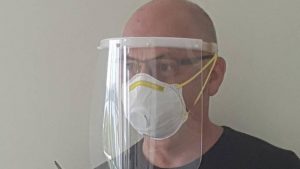
“We have case reports of individuals who have been infected due to a lack of eye protection,” Dr. Adalja tells Health. “It’s for this reason that health care workers wear eye protection when they are taking care of patients with COVID-19.”
There’s another way people can become infected through their eyes: by rubbing them when they have the coronavirus on their hands. “This can be another way to spread the virus,” Dr. Adalja says. It’s for this reason that the American Academy of Ophthalmology suggests that contact lens wearers, who touch their eyes more often than the average person, switch to glasses.
Recent studies show that wearing eye protection can decrease the likelihood of coronavirus infection. In one study, scientists from Canada and Lebanon investigated the effects of physical distancing, face masks, and eye protection on virus transmission in health care and community settings. Their research, published in The Lancet in June, found that people are nearly three times more likely to get COVID-19 without eye protection (goggles or a face shield) than with it.
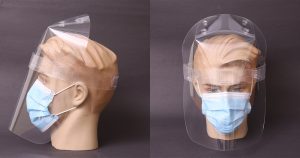 Physical distancing continues to be a key factor. Geoffrey Leung, MD, ambulatory medical director for Riverside University Health System in California, tells Health that if people are six feet apart, they’re unlikely to become infected through the eyes. But if they are interacting with someone who isn’t wearing a mask or face cover, there is a “small but significant risk.”
Physical distancing continues to be a key factor. Geoffrey Leung, MD, ambulatory medical director for Riverside University Health System in California, tells Health that if people are six feet apart, they’re unlikely to become infected through the eyes. But if they are interacting with someone who isn’t wearing a mask or face cover, there is a “small but significant risk.”
Based on other respiratory infections, we believe that goggles may reduce this risk by up to 80-90%,” says Dr. Leung.
Currently, face masks or cloth face coverings are mandated in more than 30 states, but there are no rules around the general public wearing eye protection. Health care workers who are in close contact with patients are advised to also wear eye protection, according to the CDC, especially “in areas with moderate to substantial community transmission.”
However, Dr. Leung believes eye protection may also be important for anyone who is concerned about getting infected, such as in places where social distance can’t be maintained from others for an extended period, or when they are exposed to people not wearing masks.
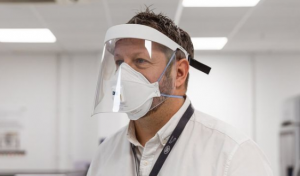
“Goggles are an easy and simple precaution that can add a layer of protection and further reduce the risk of becoming infected with COVID-19,” he says. “I would recommend a pair of comfortable, clear goggles that can be easily cleaned or disinfected.”
“But you don’t necessarily have to wear goggles. Dr. Adalja believes eye protection is also important for anyone who is concerned about getting infected—for example, you find yourself in a situation where social distance can’t be maintained from others for an extended period. “I actually recommend a face shield, which accomplishes everything goggles do, but is much less restrictive and covers your mouth and nose as well as your eyes,” he explains.
Dr. Schuman suggests wearing an eye or face shield in states of high virus prevalence, where the risk of transmission is greater. “Even regular glasses are better than no protection,” he says. “You could also use a side shield on glasses for more protection.”

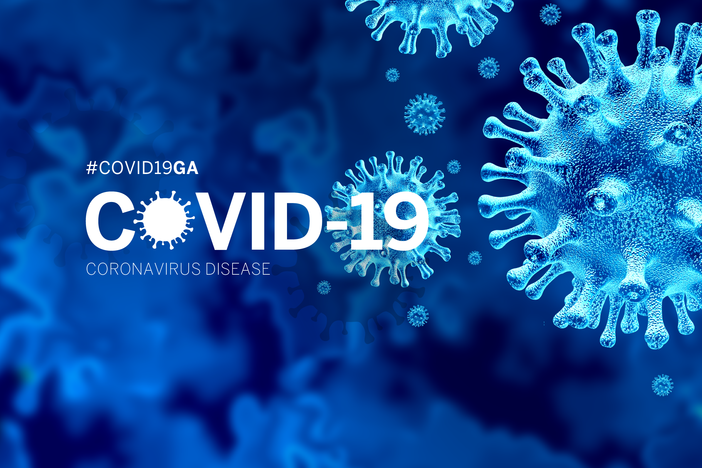


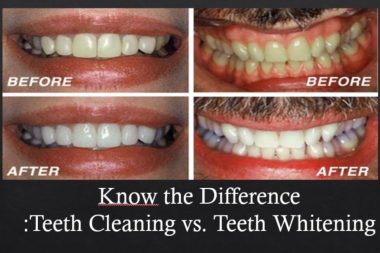
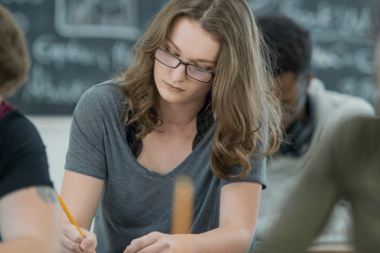

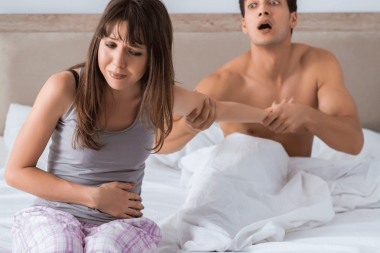

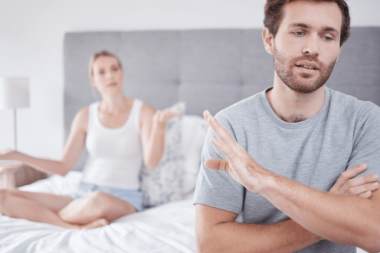
Leave a Reply